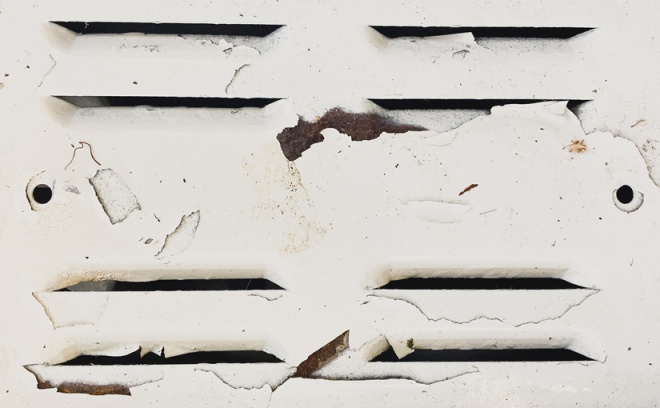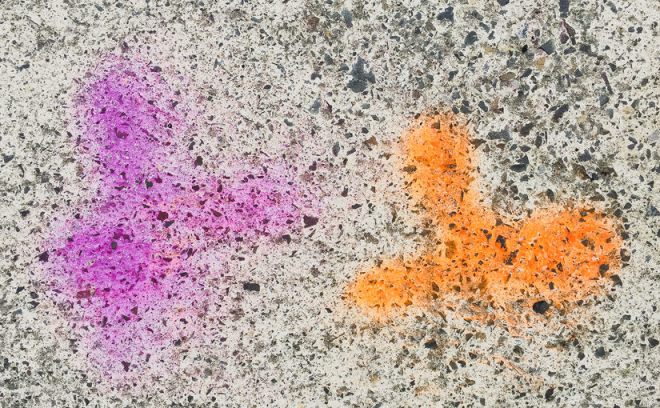
Perfectionism can be a creativity roadblock. It’s a behaviour that feels productive by endeavouring to improve artwork, but can subconsciously be a mechanism to protect against the fear of not being good enough. If we make it the best possible version, we avoid potential criticism and become worthy of praise. The problem is, there is no best possible version when the bar of expectation is so high you can’t even see it. If the bar is too high, you will never be able to reach it, therefore you’ll never be done perfecting. Danny Gregory in Art Before Breakfast explains the behaviour of fiddliness, a kind of perfectionism as “Constant reappraisal, erasing, tweaking, reconsidering… Never done, never good enough.”
Perfectionism doesn’t work well with creativity because it leaves no room for the unexpected, unanticipated and beauty held within mistakes, mess and failure. Gregory talks about the problems in trying to plan art in advance: “You think you can conceive the destination before you embark on the journey… and that nothing else can intrude and change the outcome you have conceived. But, first of all, the world doesn’t work that way: unless you are doing something extremely simple and banal… it will invariably intrude and change your will-laid plans. And, second, you should welcome that intrusion. The accidents, mistakes, serendipities, and ink spatters that the universe throws in your path make you work and your life more interesting. Perfection isn’t organic. It’s constipated, lifeless, and dull.” Is it your goal to make lifeless and dull work? That might actually be the result of any fiddliness and perfection-focused tendencies.
One antidote to perfectionism is setting a goal to make the biggest quantity of art in the time available and let go of all other expectations around quality or the visual outcome of the art—it doesn’t have to look good or be appealing to the eye. Make lots of art, make it quickly and move onto the next piece quickly. Don’t give your perfection behaviour space to reflect on the art—make it and move on.
















